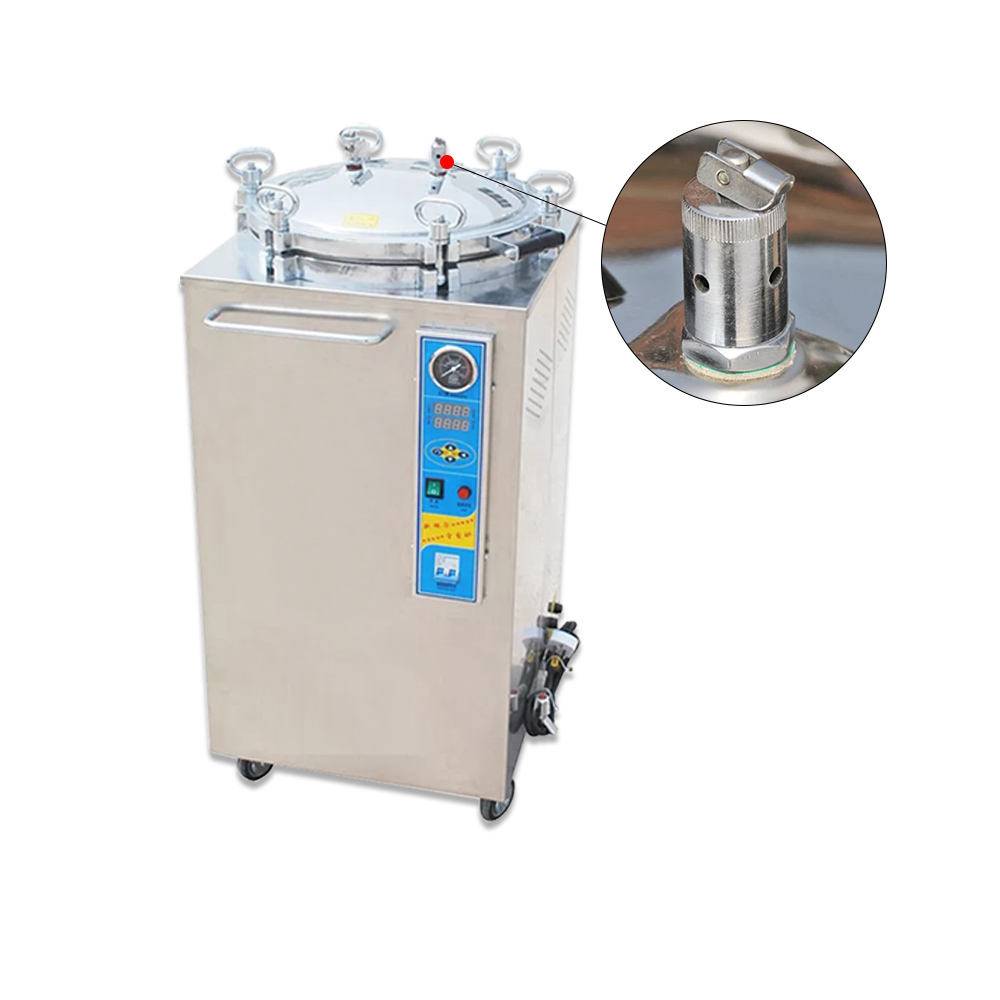Address
304 North Cardinal St.
Dorchester Center, MA 02124
Work Hours
Monday to Friday: 7AM - 7PM
Weekend: 10AM - 5PM
Sterilization equipment plays a crucial role in maintaining the safety and quality of patient care in healthcare facilities. By effectively eliminating microorganisms from medical devices and equipment, sterilization processes help prevent the spread of infections and ensure that patients receive the highest quality of care. This blog post will explore the significance of sterilization equipment in healthcare settings, highlighting its impact on patient safety, infection control, and overall healthcare quality.

Sterilization equipment is essential for preventing healthcare-associated infections (HAIs), which are infections acquired during medical care. HAIs are a significant concern in healthcare settings, as they can lead to serious complications, prolonged hospital stays, and even death. Sterilization processes effectively eliminate microorganisms, including bacteria, viruses, and spores, from medical devices and equipment, thereby reducing the risk of HAIs.
Patient safety is paramount in healthcare, and sterilization equipment plays a central role in achieving this goal. By preventing HAIs, sterilization processes protect patients from potentially life-threatening infections. Additionally, sterilized medical devices and equipment ensure that patients receive procedures and treatments with minimal risk of contamination.
Sterilization equipment forms a cornerstone of infection control strategies in healthcare facilities. Comprehensive infection control programs encompass various measures, including hand hygiene, proper aseptic technique, and environmental cleaning. Sterilization processes complement these measures by ensuring that medical devices and equipment are free from microorganisms, further minimizing the risk of infection transmission.
The effective use of sterilization equipment contributes to the overall quality of healthcare services. By preventing HAIs and ensuring patient safety, sterilization processes promote positive patient outcomes and enhance the reputation of healthcare facilities. Additionally, proper sterilization practices can reduce healthcare costs associated with infection treatment and prevention.
A variety of sterilization equipment is utilized in healthcare settings, each with its own specific applications and advantages. Common types of sterilization equipment include:

The selection and maintenance of sterilization equipment are critical aspects of ensuring its effectiveness. Healthcare facilities should carefully evaluate their sterilization needs and choose appropriate equipment based on the types of medical devices and equipment to be sterilized. Regular maintenance and validation of sterilization equipment are essential to ensure its continued performance and adherence to regulatory standards.
Table: Common Types of Sterilization Equipment and Their Applications
| Sterilization Method | Applications |
|---|---|
| Steam Sterilization | Surgical instruments, linens, gowns, and heat-resistant medical devices |
| Dry Heat Sterilization | Glassware, syringes, and other heat-sensitive items |
| Ethylene Oxide Sterilization | Heat-sensitive medical devices, electronics, and plastic items |
| Hydrogen Peroxide Sterilization | Heat-sensitive medical devices, endoscopes, and other delicate equipment |
| Ultraviolet (UV) Radiation Sterilization | Surfaces, rooms, and equipment that cannot be sterilized by other methods |
Sterilization equipment plays an indispensable role in ensuring the safety and quality of patient care in healthcare facilities. By effectively eliminating microorganisms from medical devices and equipment, sterilization processes help prevent the spread of infections, protect patients from harm, and enhance the overall quality of healthcare services. Healthcare facilities must prioritize the selection, maintenance, and proper use of sterilization equipment to uphold patient safety and infection control standards.
Q: What are the different levels of sterilization?
A: There are three levels of sterilization:
Q: How often should sterilization equipment be validated?
A: The frequency of sterilization equipment validation depends on the type of equipment and its usage. However, most guidelines recommend validation at least annually or more frequently for high-risk equipment.
Q: What are the regulatory requirements for sterilization equipment?
A: Sterilization equipment must comply with various regulatory standards, including those set by the Food and Drug Administration (FDA) and the Centers for Disease Control and Prevention (CDC). Healthcare facilities should be familiar with these regulations and ensure their sterilization equipment meets the applicable requirements.
Q: What is the difference between sterilization and disinfection?
A: Sterilization is the process that eliminates all forms of microbial life, including spores, whereas disinfection is less thorough and only kills or deactivates most pathogenic microorganisms.
Q: How can I be sure that sterilization equipment is working properly?
A: Regular testing and quality assurance checks, such as biological indicators and chemical indicators, can confirm the effectiveness of the sterilization process.
